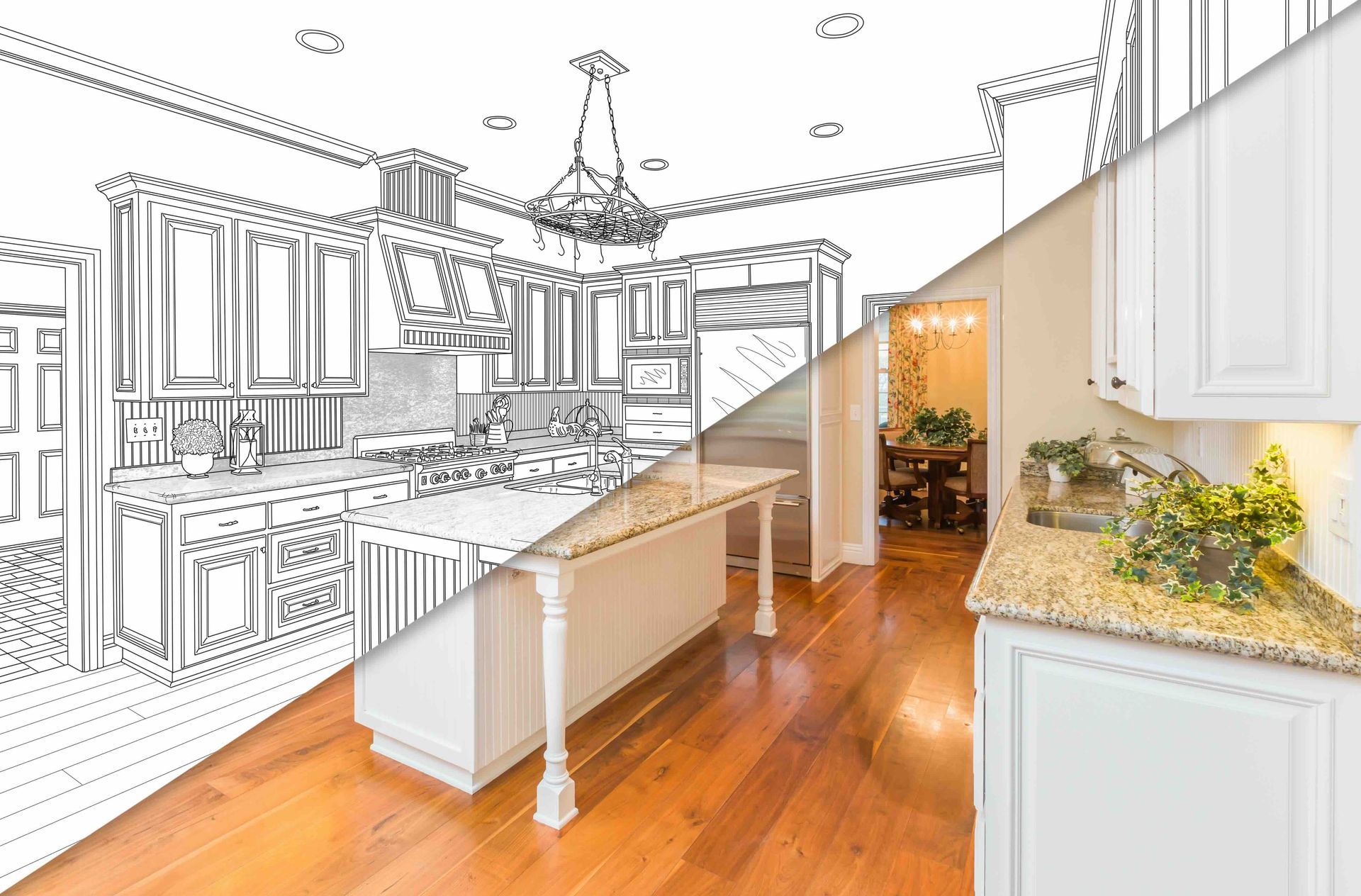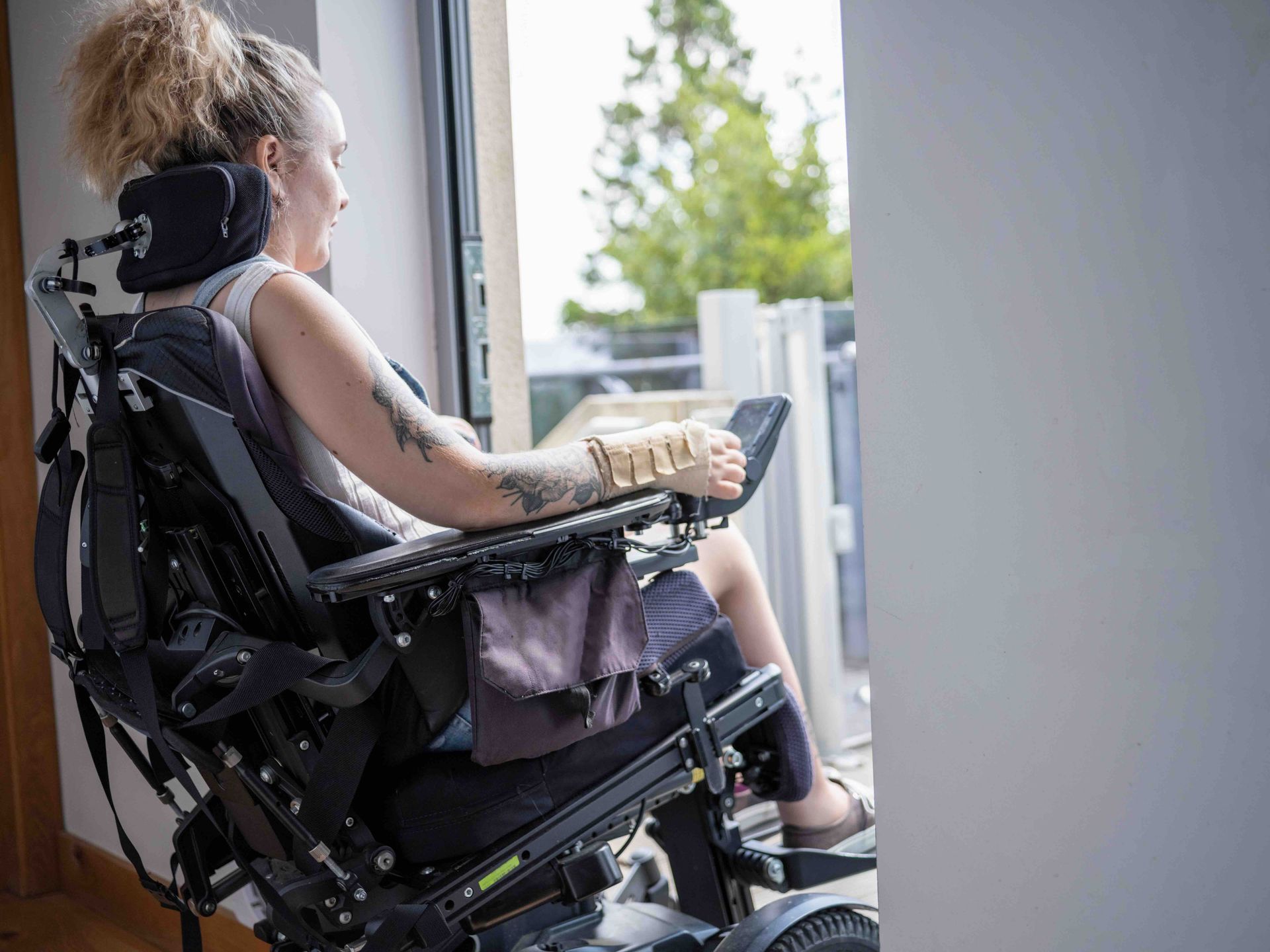7 Signs Your Home Needs a Wheelchair Ramp Installation Now
Is your front door telling someone they might not be welcome? It might be. Nearly 13 percent of U.S. adults have mobility-related disabilities, according to the CDC.
That number grows with age, injury, and illness. For them, a single step can mean the difference between access and exclusion. Accessibility at home is how people stay safe, independent, and connected.
A wheelchair ramp creates a clear, stable path for anyone using a wheelchair, walker, or scooter. It removes the physical barriers that limit movement and replaces them with something simple: access. A wheelchair ramp must meet ADA compliance for safety and durability. ADA standards mean ramps meet the necessary specifications for accessibility. It also helps family members, caregivers, and guests navigate the home more safely.
In this post, we’ll help you spot clear signs that it may be time for a wheelchair ramp installation. If you’re wondering whether your home is ready, keep reading.
Are you looking for an expert resource in accessible spaces, special modifications for persons with mobility challenges, and more? Contact Lakeshore Barrier Free today.
Understanding Residential Wheelchair Ramps
A residential wheelchair ramp makes it easier and safer for people with mobility challenges to access their homes. It’s more than a simple upgrade. It’s a direct way to support independence and reduce daily risks.
Every ramp should be built with the user’s needs in mind. It should follow local building codes, stand up to weather, and feel stable underfoot. The right design blends safety, comfort, and usability without cutting corners.
When choosing a ramp, consider space, budget, and how long you need it. Whether it’s for short-term recovery or permanent use, a good ramp can change the way someone moves through their home.
Types of Wheelchair Ramps
There’s no one-size-fits-all solution when it comes to wheelchair ramps. Each type serves a different purpose, depending on the home and the user.
- Portable wheelchair ramps work well for short-term needs or travel. Portable ramps are lightweight and easy to move, which makes them ideal for temporary use.
- Modular ramps are made of pre-built sections. They can be installed quickly and reconfigured later if your needs change.
- Custom ramps are built for your exact space. These are ideal for homes with unique layouts, limited space, or specific accessibility needs.
Some homes benefit from special styles like dogleg ramps, which zigzag to save space while still meeting slope requirements.
Ramp materials matter too. Aluminum is lightweight and weather-resistant. Wood offers a natural look. Concrete provides long-term durability. Whichever you choose, make sure the ramp fits your mobility device and meets ADA or local code guidelines.
Built for Safety
A ramp should feel safe from top to bottom. That starts with smart design and proper installation.
Look for features like:
- Edge protection to keep wheels from slipping off the sides
- Sturdy continuous handrails for balance and support
- Slip-resistant surfaces that hold up in rain or snow
The ADA (Americans with Disabilities Act) provides clear standards for slope, width, and landing space. Following those guidelines helps avoid hazards and supports smooth navigation for wheelchairs, scooters, and walkers.
Once installed, regular maintenance is key. A ramp needs to stay clear, dry, and stable to stay safe. With the right features and care, your ramp will do more than connect spaces—it will help people move with confidence.
Sign #1: Difficulty Navigating Steps or Elevated Entrances
Even a single step or front steps can become a daily obstacle for someone with limited mobility. Stairs, porches, and raised entryways often create the first and most obvious barrier to entering or leaving the home. For wheelchair users, walkers, or anyone recovering from injury, just one or two steps can feel like a mountain.
If someone in your household struggles to climb stairs, needs assistance at the door, or avoids going outside altogether, it’s a clear signal. This is inconvenient as much as it’s unsafe and unsustainable. Homes with elevated entrances are especially challenging, leaving no simple workaround.
Installing a wheelchair ramp solves this problem at the source. Ramps create a smooth, steady path into the home, replacing steep or uneven steps with safe, gradual access. They eliminate the need for lifting or physical support and open the door — literally and figuratively — to greater independence.
Sign #2: Dependence on Others for Entering or Leaving the Home
Needing help whenever you want to go outside doesn’t feel like freedom. When someone has to rely on a family member, caregiver, or neighbor to navigate stairs, it can chip away at their independence. Over time, that dependence can create tension and frustration on both sides.
There are practical challenges, too. Plans get delayed. Errands get skipped. Appointments become harder to manage. When every outing depends on someone else’s schedule, even basic daily tasks can start to feel out of reach.
A wheelchair ramp gives that control back. It allows residents to move in and out of the home safely and on their terms. It supports independent living and restores a sense of dignity that everyone deserves to have in their space.
Sign #3: Frequent Risk of Falls or Injuries
Stairs are one of the most common sources of injury at home. For seniors, people with balance issues, or anyone recovering from surgery or illness, that risk goes up fast. According to the CDC, more than one in four adults over 65 falls each year, and most of those falls happen at home.
Uneven steps, slippery surfaces, and tight corners create a perfect storm for accidents. Even a short set of stairs at the front door can become a serious hazard.
Wheelchair ramps reduce that risk significantly. They offer a stable, predictable surface that doesn’t require lifting, stepping, or pivoting. When built with non-slip materials and secure handrails, ramps create a safer path that supports mobility instead of threatening it. Measuring the ground level means the ramp's slope and design meet safety standards.
Sign #4: Existing Mobility Devices Are Not Accommodated
Not all homes are built with accessibility in mind. Narrow doorways, steep stairs, and high thresholds can block the use of wheelchairs, scooters, and even walkers. When a mobility device can’t get through the front door, it’s a barrier to daily life.
A ramp helps solve that. Custom-built ramps can match the height, width, and slope needed for any device so that doors are positioned to swing outside of ramp landings for safety, creating a smooth transition from outside to inside. They remove the need for awkward lifting or dangerous workarounds.
For safety and usability, choose a ramp that meets ADA guidelines or follows trusted accessibility standards. These ramps make sure the home supports the people who live there, not the other way around.
Sign #5: Temporary or Permanent Medical Conditions Requiring Mobility Aids
Mobility challenges aren’t always permanent. A broken bone, surgery recovery, or a sudden illness can turn stairs into a serious obstacle, at least for a while. In these moments, a temporary wheelchair ramp can make home life manageable again, offering a safer and more comfortable way to get in and out.
Other situations call for a longer-term solution. Chronic conditions, progressive illnesses, or permanent disabilities often require reliable, everyday access. In these cases, a permanent wheelchair ramp becomes part of the home’s design — not just a convenience but a necessity.
It is important to obtain the necessary permits for ramp installation to comply with local building codes and safety standards.
Lakeshore Barrier Free offers both options. Temporary ramps can be rented or installed for short-term needs. Permanent ramps are custom-built for long-term use and safety. Either way, having the right access in place can ease recovery, reduce stress, and improve quality of life across the board.
Sign #6: Desire to Age in Place Safely and Comfortably
Aging in place means staying in your own home as you grow older, rather than moving into assisted living or a care facility. For many seniors, it’s about comfort, familiarity, and maintaining a sense of control over daily life.
But aging often comes with mobility changes. Stairs that once seemed easy can become a daily risk. A wheelchair ramp is one of the simplest and most effective ways to make a home safer and more accessible for aging residents. It removes physical barriers and supports independent living, even as needs evolve.
Caregivers benefit too. Helping someone navigate a ramp is far easier — and safer — than trying to manage stairs. Installing a ramp early helps avoid emergency renovations later and gives peace of mind to both residents and their families.
Sign #7: Planning for Future Accessibility Needs
You don’t need to wait for a crisis to make your home more accessible. In fact, planning ahead can save time, money, and stress. Adding a wheelchair ramp before mobility becomes a challenge is one of the smartest ways to future-proof your home.
When designing a ramp, consider tripping hazards and slope ratio, which is the vertical rise in relation to the horizontal length, so it meets accessibility standards and provides safe wheelchair access.
Early installation helps avoid rushed renovations later. It also makes the home more welcoming for guests with mobility issues, including aging parents or friends using walkers or wheelchairs. Families with young children or a history of mobility-related conditions may also benefit from thinking proactively.
There’s also a long-term advantage. Homes with accessible features often appeal to a wider range of buyers. A well-designed ramp adds value by making the property more usable for more people — not just today, but for years to come.
Ready to Make Your Home Safer and More Accessible?
If any of these signs sound familiar, now is the time to act. A wheelchair ramp is not just a convenience. It is a simple way to make daily life safer, easier, and more independent.
Lakeshore Barrier Free offers both temporary and permanent ramp options. Each ramp is built to match your home, your needs, and your goals for mobility. Lakeshore Barrier Free offers professional service so your ramp is installed with care and meets all safety standards. The team works with you to find the right fit and install it with care.
Start with a free consultation. If you’re in the Grand Rapids area, our team is ready to help you move forward with confidence. Contact us today!
TALK TO THE EXPERTS OF LAKESHORE BARRIER FREE TODAY!
We believe that everyone should have access to every area of their home! We work directly with you to make sure that every grab bar, bathroom sink, kitchen countertop, patient lift, and more is at the perfect location for you and your loved ones. Call us at
(616) 477-2685 or email us at
Info@LakeshoreBarrierFree.com
Share this blog







